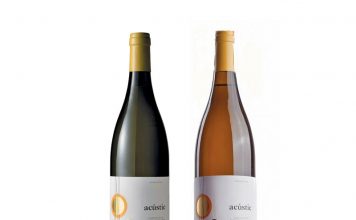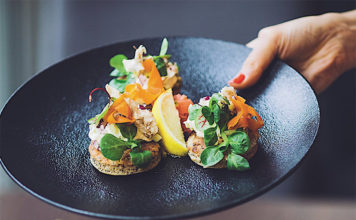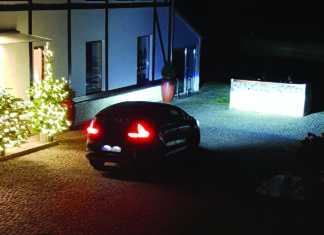The Kielman’s shoemaking studio has always been in Chmielna. For generations, the shoes made there are inherently associated with precision of workmanship, quality of materials and elegant design. Today, the company „Jan Kielman 1883” is a brand known all over the world. I talk to a representative of the fourth generation of Kielmans, Maciej Kielman, about the strength of the family business, the consequences of action and what true luxury is today.
Text: Beata Brzeska
Photos: Company archive
What are the factors responsible for the strength and value of a family-run company?
The most important issue that comes to mind is trust. While we all know the jocular sayings on why one should avoid doing business with one’s family, it all depends on the relationships between the people involved. The probable foundation these relationships are built on is the persons’ upbringing received at home, creating a community of values, frequent bringing up of the company in conversations, visiting it from a young age. These and similar things make for the constant and obvious awareness of the existence of a family business, especially a multi-generational one. A sense of attachment arises, regardless of whether the company is modest in size or have been developed on a grand scale. I have the impression that good family-business relations are read by customers and often shorten the formal distance between them and us. In the case of personalized design projects, this is extremely helpful.
What do you feel when you look at the Jan Kielman 1883 sign?
It may seem sentimental, but nearly every day when I go through our glass door with the brass JK 1883 logo on it, for a brief moment I have the feeling that someone else is coming in with me … maybe it is Jan known as the First, maybe my grandfather Waclaw, maybe my father…? This sign is a kind of challenge and a reminder of our responsibility for the level of our service, the quality of our products and generally for maintaining our position in the world of luxury handicraft.
How is interest in the company transferred from generation to generation?
It probably varies, depending on the personalities and temperaments of the people involved in the succession. I would like to tell you what it was like in our company. In the case of the first succession, Waclaw had to meet the high requirements set for him by his father. Firstly, a university degree and secondly, an apprenticeship with a highly regarded shoemaker’s workshop. He did not join the company with his father until after he had completed the Saint-Ignatius School for Higher Education in Commerce in Antwerp and an apprenticeship with the Swiss Bally. The third generation took to the company’s affairs relatively late, perhaps due to the post-war apathy prevalent in the companies dating back to the pre-war political “Sanation” camp in Poland that were not exactly the communist government’s favourites. My father, Jan II, not tying his future to the declining company, followed a career as a legal counsel. Luckily for us, my mother Leokadia joined the firm. Being young and energetic, she decided to face everyday difficulties and harassment by officials, at the same time restoring the pre-war, elegant image of the company. When the new foundation was firmly established and gave a secure support to the development of the workshop, Jan II joined the company. This married tandem led us into the post-round-table period of free Poland. The fourth generation, that is, myself, joined the business in a completely natural way. As an only child, I have always been aware of my future leadership in the company. In my youth I spent a lot of time travelling, seeking adventures and living close to nature. I came close to emigrating and becoming a farmer in the Antipodes. The political changes of 1989 finally made me realize the absurdity of such plans and I decided to join the family business.
The strong men of the Kielman family choose strong women who can lead the company if necessary. Jan Kielman’s firm has always allowed women into the business – pure coincidence or being open-minded and reasonable?
Indeed – these male Kielman heads were solidly supported by the female necks of their wives. Starting with the wife of the company’s founder, Marianna, who came from the wealthy Doley family and exercised a firm hand over the finances. The situation was similar with Krystyna, Waclaw’s wife, who carefully controlled her husband’s expenditure, especially during his foreign travels. Leokadia, feeling an architect of the current shape of the company, never let go of her guardianship over the budget. As far as I know, no one from the male line of the Kielmans ever questioned this custom, which, in my opinion, results from the belief in the superiority of female intuition, love of order and prudence (including lack of inclination to gambling). Monika, my wife, while clearly emphasizing her views as independent from those of her mother-in-law, has, nevertheless, taken a caring attitude to the finances of our company, which is a good omen for the future.
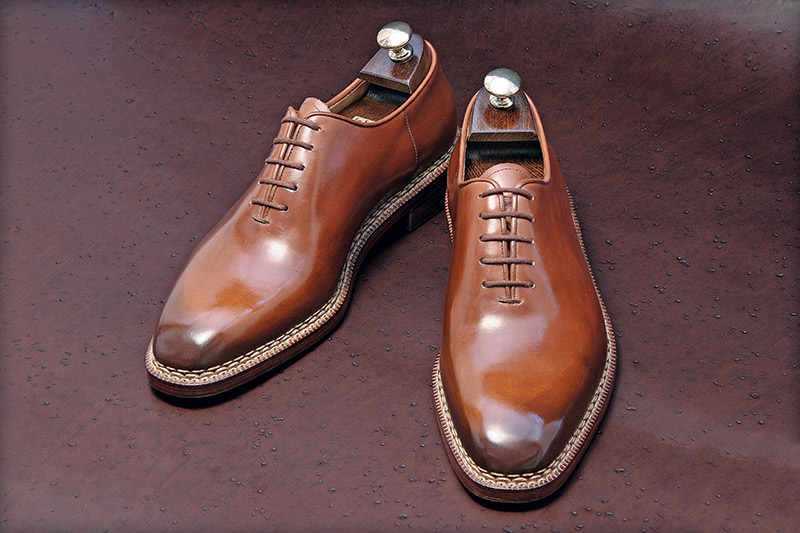
One of the first neon signs and a floating shoe as an advertisement for a company – not just skilful hands, but also creative marketing. Mass production provided a feel of luxury to artisanal products.
Please note that in Polish cities of the nineteenth century, it was common to order everyday goods from craft workshops. Visiting a tailor, shoemaker, modiste or glover when there was such a need was not a big deal. Measurements were taken in the workshops and the finished product was delivered at an agreed time. Of course, some craftsmen were better and catered to a more affluent clientele, others offered less expensive products, and still others were trading in cheap trash. In the course of time, the latter were unable to compete with the ever-increasing number of factories, and later this process began to affect those of the middle level as well. Only those survived who understood that instead of competing with the industrial production, they should bypass it and focus on the above-average quality and the highest personalisation of their products offered to the most demanding customers. All luxury workshops sought the attention of wealthy customers, so they had to stand out. (Today’s marketing experts directly claim: „stand out or die”). So Waclaw, having returned from Switzerland, decided to distinguish the family shop a bit. He had a lot of crazy ideas, but only the one with a shoe floating in a brass tub gained his father’s approval. Ironically enough, there was apparently a Swiss man at the door, who opened it for customers, but I’m not sure about that. And the neon sign? Of course, there was one, and it was an effective eye-catcher for passers-by, but soon Warsaw became overcrowded with signs of this kind, and it probably stopped attracting anyone’s attention.
Among others, Charles de Gaulle wore Jan Kielman’s footwear having ordered his field boots there. It was his order that actually made the company start producing field boots. How does the company respond to the new market needs?
The most famous field boots sewn in Warsaw came from the workshops of Hiszpanski and Nidzinski. Kielman did not interfere, limiting himself to making dress shoes, both for men and women. This custom was disrupted by the said French officer, who insisted on ordering not only shoes but also riding boots. Jan’s professional ambition did not allow him to disappoint his new customer, so he went for broke and I guess … improvised. The final result exceeded any expectations and this order from de Gaulle opened up a new field of activity for us. However, it is worth knowing that in luxury craft workshops there is no special chase after the latest fashion. The products of masters’ hands have a long life, so we pay attention to exquisite style, comfort and quality rather than fleeting trends. On the other hand, we are open to even the most surprising needs of our customers and are happy to provide advice in the process of creating new designs.
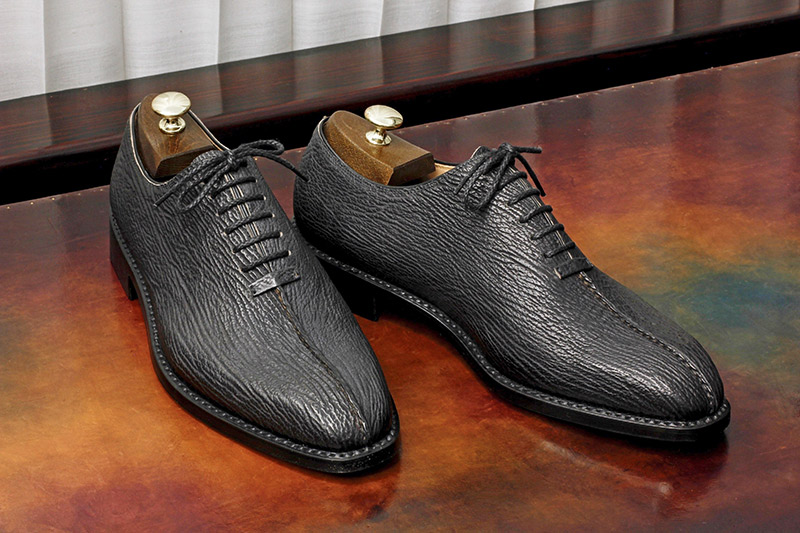
Expanding the offer with new products – isn’t it a departure from the tradition of the company, which has been perceived as a shoemaker workshop for generations?
As far as I know, workshops like ours tend not to grow. Expanding production and speeding it up is not conducive to maintaining high product quality. The next step would usually be to look for subcontractors or to move production to the Far East.
I do not want to use specific names, but I think everyone knows such examples. Acting on the advice of numerous customers, we decided to rather shift our interest to a related industry, namely, leatherworking in the broadest sense. We did this ten years ago by launching a new brand, Malton&Kielman. I entrusted the leading role to Mikel Malton, a Swedish friend of mine, an artist of many gifts, a true Renaissance man. Time has shown that this was a good decision, as now we have our customers on every continent. Although the shoemaking workshop and the leather workshop are not under the same roof, they work closely together. When ordering shoes, some customers also decide on a briefcase, a travel bag or even a wallet or a belt. In our showroom located at No. 6, Chmielna Street in Warsaw, we have many ready-made models, but there is also a possibility to sew a completely new, unique product. At the customer’s request, we can mark the finished product with their personal logo or monogram.
Precision of workmanship, quality of materials, the design, the brand – what is the most important factor which constitutes the invariably high standing of Jan Kielman company?
I believe all these factors are of prime importance. To put it simply, every high-end product requires: a well-balanced design resisting the pressure of passing fashions, an experienced hand of a master to guarantee the excellence of workmanship, and the highest quality natural materials that stand out among the questionable materials on factory products. And last but not least – the power of our brand, tested by successive generations of lovers of products mingling the craft with applied arts. Last year, Hugo Jacomet, the Parisian guru of men’s elegance, ranked us among a small group of the best shoemakers in the world. I was bursting with pride for a month, then orders from new customers followed, and now I am confident that our brand is recognisable far beyond our borders. I was recently told by a customer that he had been coming to order shoes from us for three decades for yet another reason: „I have trust in you because in this fast paced world your company has changed so little, it is so stable”. I take these words as an expression of appreciation and confidence in our true family-business tradition, which we mentioned earlier.
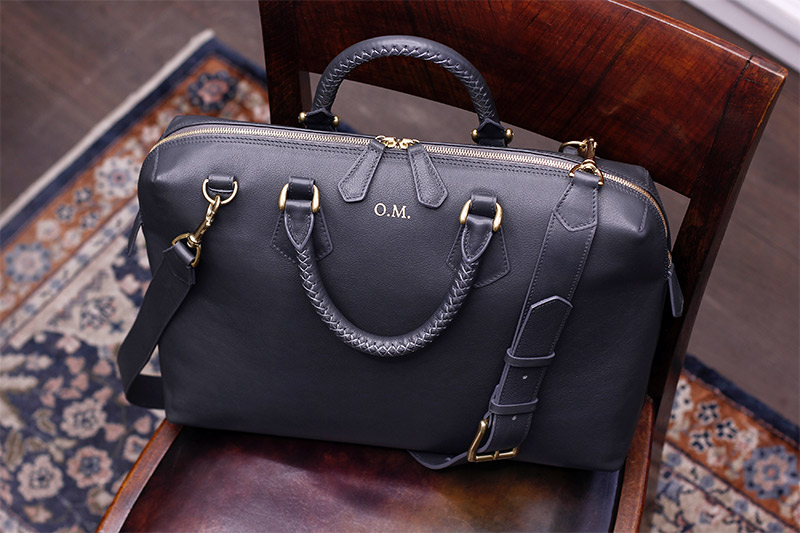
Who are Jan Kielman’s customers?
The social cross-section is extremely wide: from farmers coming from Podlasie region in the east of Poland, through politicians, businessmen, members of the judiciary, diplomats, to Hollywood stars. Every year we have more and more customers who are relatively young in age. Poles usually account for two-thirds of the total number of customers, although now, during the Covid-19 pandemic, there has been a significant decrease in the number of foreigners visiting us. The situation is improved by taking orders via our website.
In 2000 the company was listed in the British almanac “Europe`s Elite 1000, Millennium Issue”, which lists the most exclusive business names in Europe. Is exclusivity a measure of the value of modern craftsmanship?
One may observe the process of slow but steady shift of quality products coming out of the hands of a craftsman from the level of an ordinary product to the level of a high prestige product, sometimes even the highest level one. Nobody works on the course of this evolution, it happens spontaneously. More and more people do not enjoy simply buying repetitive goods offered by the market, but they find genuine satisfaction in conscious participation in the process of creating their own image and space in the spirit of slow life. Engaging our own imagination is stimulated by emotions, and they are the driving force behind our actions.
Why order bespoke shoes instead of buying several pairs for one season?
There are several reasons for this, and I will enlist them in a random order. The first differentiator is the quality of the materials. In our case, it is always natural calfskin, chrome-tanned on the outside of the shoe for weather resistance, and vegetable-tanned inner lining with a beneficial effect on the feet. It may seem a bit strange that in the times of flights to Mars and construction of computers with a computational speed of millions of operations per second still no better material than natural leather has been invented for shoes. Secondly, traditional manufacturing technology based on sewing successive elements of the shoe together by hand, and not on joining them with chemically aggressive glue. Another factor I will mention is the issue of adherence to the rules related to orthopaedics, which are often omitted in mass production, sometimes consciously, and sometimes simply because it is impossible to predict what the „requirements” of the feet of the future user will be. These reasons directly affect the comfort and convenience of custom-made shoes and boots. Thanks to the good breathability of leather (through the uppers and the soles), even after many hours of wear, you do not feel the need to quickly change for another pair. Finally, I would like to add the elusive and somewhat subjective feeling of prestige, but I leave such considerations to each individual.
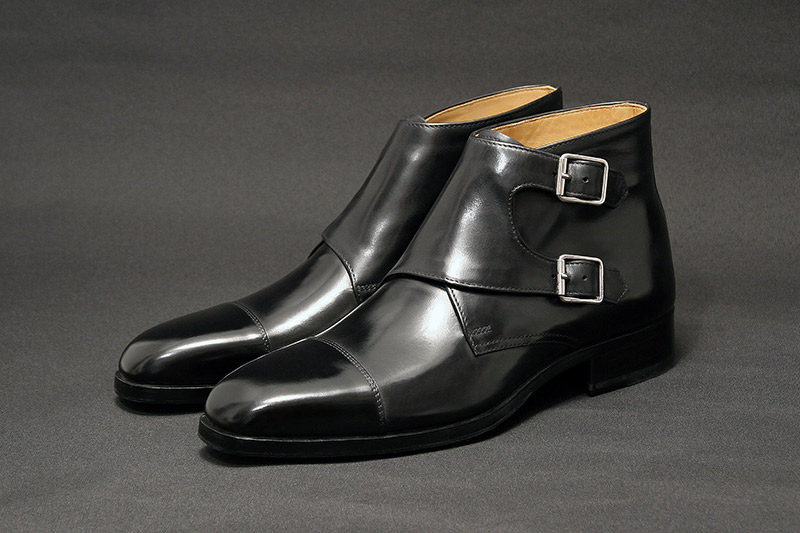
Is there still a guild of leather craftsmen giving master’s qualifications?
Of course, it still exists, but its role is diminishing with every year. The obligation to take an examination confirming one’s suitability to run a shoemaker’s workshop has disappeared along with the previous regime. The community of old craftsmen is crumbling, others are more focused on their own daily problems than on the community. Nowadays, the usefulness of a craftsman in the market is verified more by his manual skills and relations with customers than by formal vocational education completed with the master’s certificate. It is considered to be a waste of time, if in a year or two you can do something completely different in another part of the world.
Who works in the company today? How are your employees selected and recruited?
Ten people are employed in our company. They have all achieved high qualifications during their apprenticeship in our workshop under the supervision of senior foremen. Those who don’t meet our expectations have to part their ways with us, supplying their skills to other workshops in Warsaw, and I know you can find them employed in every workshop here. The key figure is the chief foreman, responsible for taking measurements, preparing the lasts and the final fitting of the shoes to the customer’s feet. There are two upper makers who prepare the uppers of the shoes from the leather chosen by the customer. We have five excellent shoemakers of various specialisations ready for any challenge, plus two people responsible for impeccable preparation of shoes or boots before they are handed over to the customer or sent to a given address. In our showroom at No.6, Chmielna Street, there are always two or three family members taking care of contacts with customers and dealing with the current design projects.
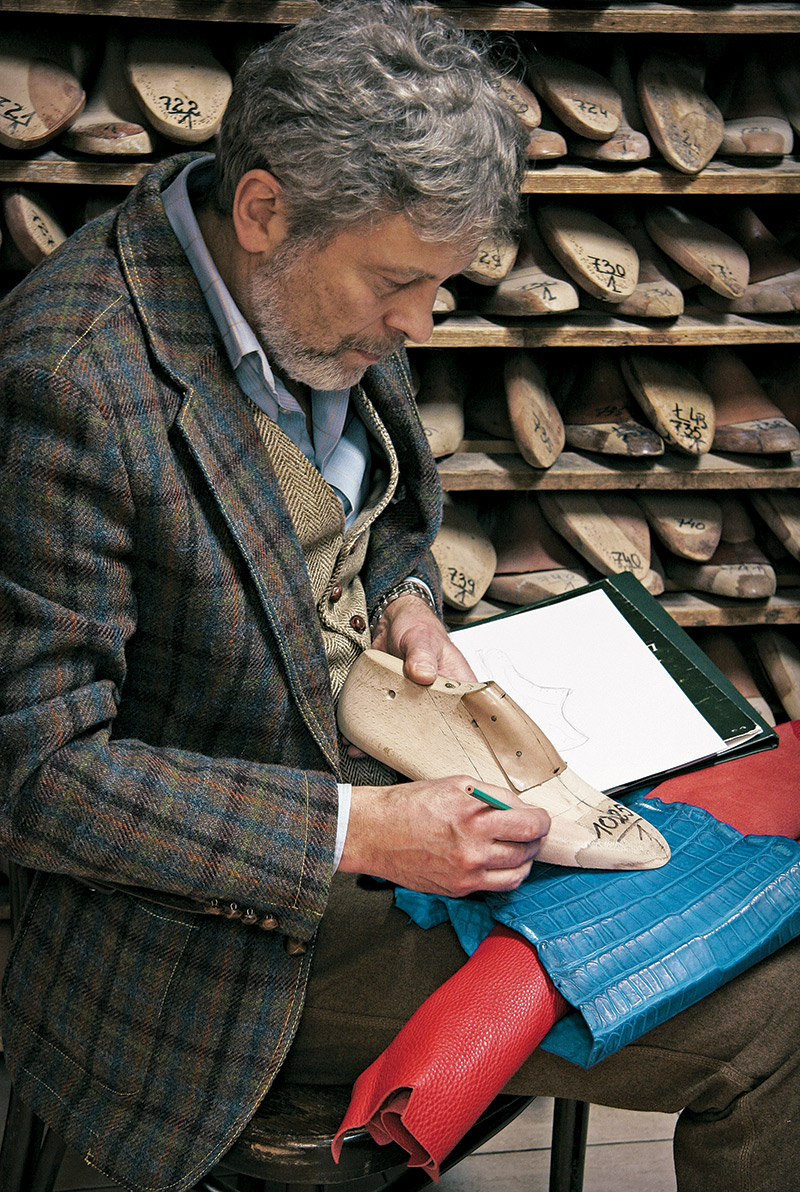
How can you tell at a glance if a shoe is worth attention?
I am sure that even an untrained eye is able to spot the differences between the shoes in our showroom and those from other shops. The noble shape of the shoes, their smooth and beautiful leather and solid leather soles with distinctive hand sewing are the undeniable differentia specifica of our products. As the time goes by, when most factory-made products end up in trash bins, shoes with our logo age in a way that emphasises their splendid quality. Only solid and expensive things go through this process with „dignity” and are worth further renovations. Some types of leather cover themselves with a beautiful patina instead of cracking, and even if the leather coating needs to be repaired, it still looks chic. |
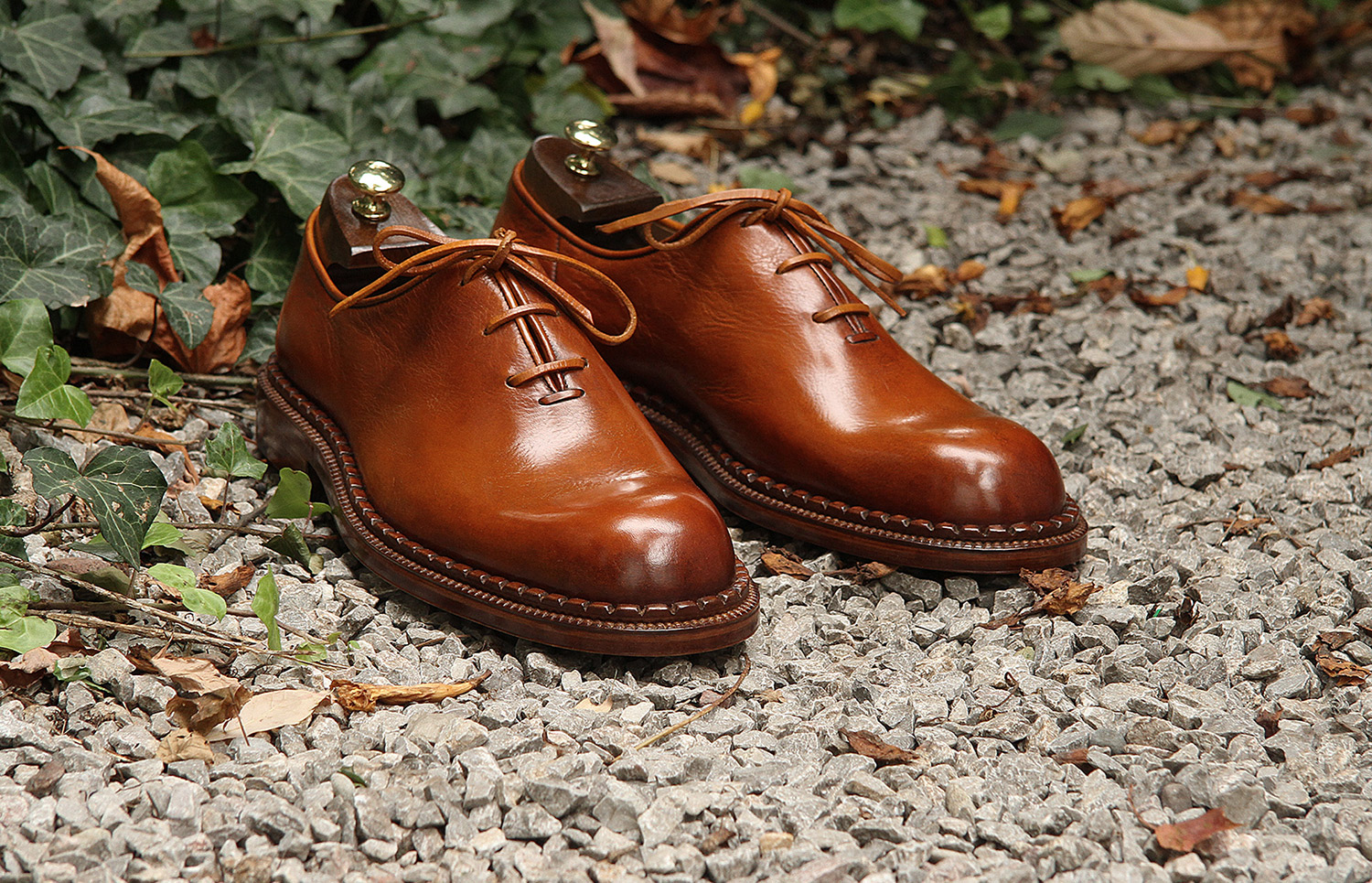



 Współczesne dramaty
Współczesne dramaty Present-day dramas
Present-day dramas






















